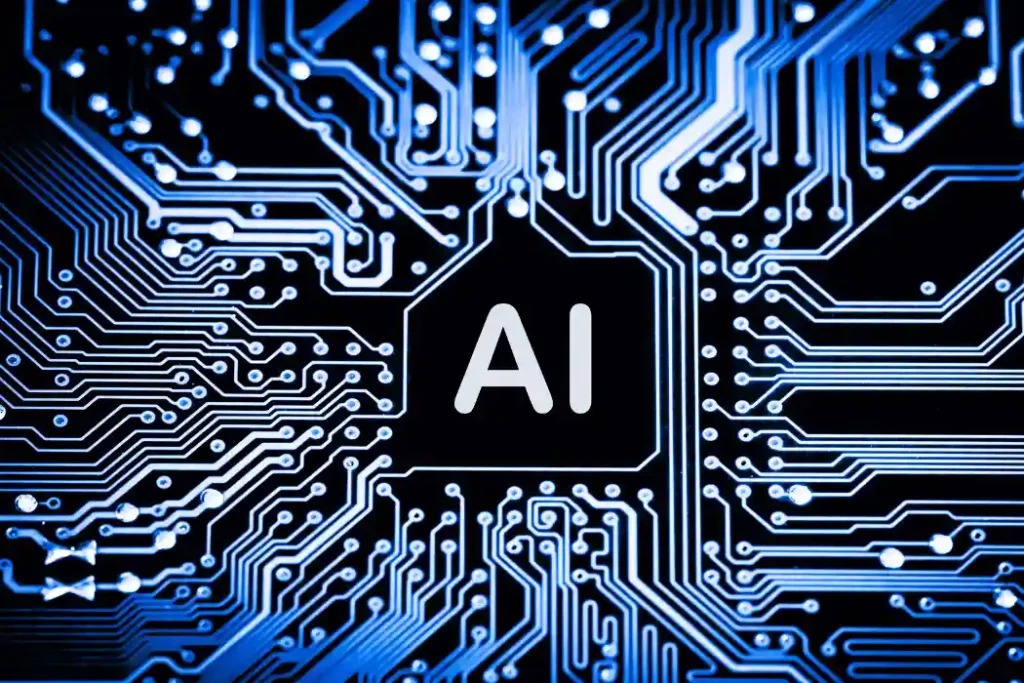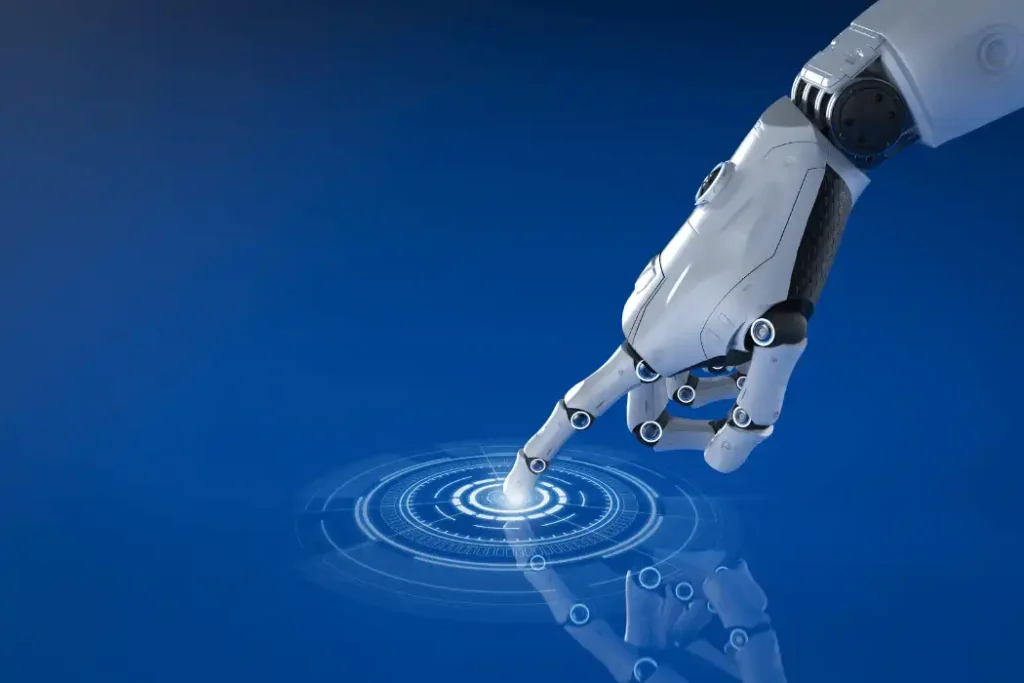Welcome to our exploration of artificial intelligence examples across various sectors! In today’s digital landscape, the integration of AI technologies has become ubiquitous, revolutionizing industries and reshaping the way we work and live. From healthcare to finance, artificial intelligence is driving innovation and efficiency, offering solutions to complex challenges and unlocking new possibilities. Join us as we delve into seven compelling examples of artificial intelligence applications across different sectors, showcasing the transformative power of this groundbreaking technology.
What is Artificial Intelligence?
Artificial intelligence involves creating computer systems capable of carrying out tasks typically requiring human intelligence, such as recognizing images, understanding speech, making decisions, and translating languages.
In essence, artificial intelligence (AI) empowers computers to process data through statistical analysis, enabling comprehension, analysis, and learning via tailored algorithms—an automated process. AI-driven machines recall behavior patterns, adapting responses accordingly. While this is a concise definition, AI encompasses much more.
Read more about gpt meaning.
Central to AI are machine learning (ML), deep learning, and natural language processing (NLP).Machine Learning involves machines refining responses based on vast datasets and ongoing feedback.
Deep Learning, often seen as an advanced form of ML, learns through representation, not necessitating structured data. Natural Language Processing (NLP) is a linguistic tool enabling machines to comprehend and interpret human language, facilitating translation into computer inputs.

7 Artificial Intelligence Examples
Below are seven common instances of artificial intelligence that you encounter on a daily basis.
1. Electronic Payments
Eliminating the need to visit a bank for every transaction saves significant time, a shift largely attributed to AI. Banks now harness artificial intelligence to streamline payment processes for customers. Intelligent algorithms enable remote deposits, money transfers, and account openings, prioritizing security, identity verification, and privacy.
AI also aids in fraud detection by analyzing credit card spending patterns. Algorithms discern typical purchase behaviors, detecting anomalies that may signal potential fraud. Unusual activity prompts alerts for transaction verification.
2. Social Media
Social media platforms leverage AI to monitor content, suggest connections, and deliver targeted ads, ensuring user engagement.
AI algorithms swiftly identify and remove violating posts using keyword analysis and image recognition, powered by deep learning neural networks.
Recognizing users as their product, social media firms employ AI to connect them with advertisers targeting their profiles. Additionally, AI tailors content suggestions based on user preferences, enhancing engagement.
3. Chatbots
Interacting with customer service can be time-consuming and stressful for customers, while for companies, it’s often an expensive and challenging department to manage efficiently. A growingly favored solution to this is the integration of AI chatbots. These programmed algorithms empower machines to handle common queries, process orders, and manage call routing seamlessly.
Chatbots are trained to mimic the conversational nuances of human customer representatives using natural language processing (NLP). Modern chatbots are adept at handling diverse input formats and can provide detailed responses to complex inquiries. Furthermore, they continuously improve by learning from feedback; if a response receives a poor rating, the bot identifies errors and adjusts its approach, prioritizing customer satisfaction.
4. Digital Assistants
In moments of busyness, we frequently rely on digital assistants to handle tasks on our behalf. For instance, while driving, you might instruct the assistant to call your mom (never text and drive, folks). Virtual assistants like Siri exemplify AI in action, accessing your contacts, recognizing keywords like “Mom,” and initiating the call. These assistants utilize natural language processing (NLP), machine learning (ML), statistical analysis, and algorithmic execution to understand and fulfill your requests. Similarly, voice and image search operate on similar principles.
5. Text Editors or Autocorrect
Perhaps you’ve utilized tools like Grammarly as a student to proofread your final paper or still rely on it to check spelling in emails to your boss. This serves as another illustration of artificial intelligence at work. AI algorithms, employing machine learning, deep learning, and natural language processing, detect language errors and offer corrections across various platforms, from word processors to messaging apps.
Collaboration between linguists and computer scientists is pivotal in teaching machines grammar, akin to traditional schooling. These algorithms learn from extensive language datasets, ensuring accurate corrections, such as identifying misplaced commas, thereby enhancing writing proficiency.
6. Facial Detection and Recognition
Utilizing virtual filters for photo enhancements and employing face ID to unlock phones exemplify everyday instances of artificial intelligence integration. While the former employs face detection to identify any human face, the latter utilizes face recognition to recognize specific individuals. Beyond personal use, facial recognition finds applications in surveillance and security, utilized by government facilities and airports.
7. Maps and Navigation
AI has revolutionized travel, rendering printed maps obsolete with the advent of Google or Apple Maps on smartphones. But how do these apps navigate users to their destination, considering optimal routes, roadblocks, and traffic conditions? While satellite-based GPS was once the norm, navigation apps now integrate artificial intelligence for a superior user experience.
Through machine learning, algorithms learn to recognize building outlines, enhancing map visuals and enabling the identification of house and building numbers. Moreover, AI enables apps to analyze traffic flow changes, recommending routes that circumvent roadblocks and congestion.
Conclusion
Our journey through seven artificial intelligence examples across various sectors has illuminated the transformative impact of AI on our everyday lives. From e-commerce to healthcare, finance to transportation, AI is reshaping industries, driving innovation, and enhancing efficiency. As we continue to harness the power of artificial intelligence, the possibilities for advancement and improvement are endless. By understanding and embracing AI technologies, we can navigate the complexities of the modern world with greater ease and efficiency, paving the way for a future where intelligent systems empower us to achieve new heights of productivity and success.


